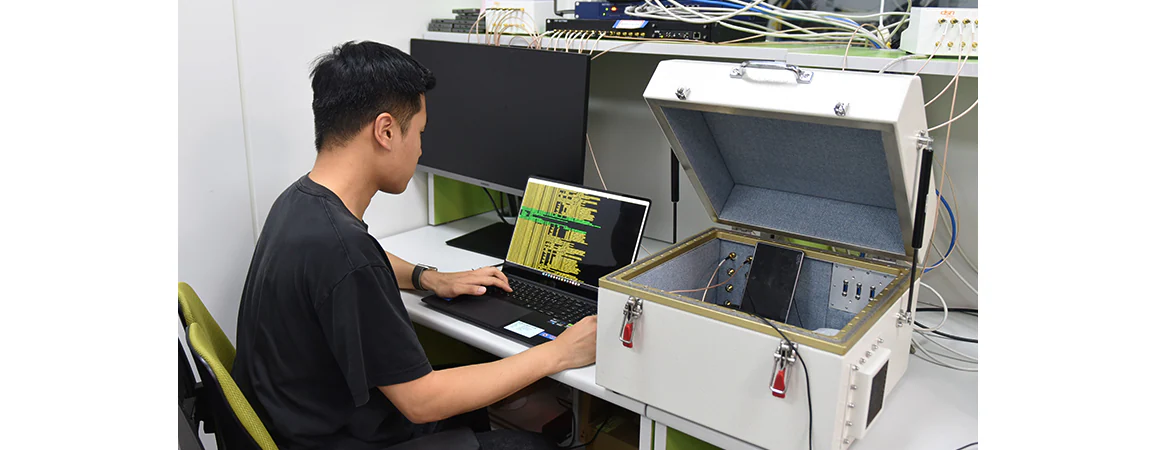Samsung proves out RedCap’s energy efficiency features

Longer battery life is one of 5G RedCap’s advantages
5G Reduced Capability, or RedCap, got a boost this week with Samsung’s announcement that it successfully tested the technology’s energy-saving features, which are one of its major selling points.
Samsung plans to make its RedCap solution commercially available this year for both vRAN and traditional RAN and expects it to be applied to Tier 1 operator networks.
Reducing the energy consumption associated with the use of 5G will expand the IoT ecosystem, Samsung said in a blog post by Eun Yong Kim, VP and head of air technology in the Networks Business at Samsung Electronics.
“Unlike current mobile technology requirements today, IoT devices do not always need to support a high-level of capabilities, and this is where Reduced Capability (RedCap) technology comes in,” the executive explained. Because 5G RedCap offers “scaled down” 5G connectivity in terms of both energy consumption and speed, “RedCap allows for smaller form factors, longer battery life, and lower costs. This breakthrough technology opens up a world of possibilities for IoT devices across various sectors,” he added.
Samsung and MediaTek tested 5G RedCap data sessions over virtualized RAN in Samsung’s research and development lab in South Korea, using Samsung’s vRAN 3.0 software and Open RAN-compliant radio as well as MediaTek’s M60 modem and RedCAp testing platform, according to the partners. The testing focused not only on vRAN and Open RAN interoperability for RedCap, but on two energy-efficiency features, called Paging Early Indication (PEI) and extended Discontinuous Reception (eDRX).
The first feature “notifies the device in advance about the presence or absence of paging signals, effectively reducing the number of occasions the device needs to wake up for paging monitoring. This ability translates to less energy consumed by the device, as it can remain in a low-power state for extended periods,” Kim wrote.
eDRX, meanwhile, enables a RedCap device to go into sleep mode for up to three hours in some cases by extending the device’s monitoring cycle, which in turn extends the device’s battery life.
“Achieving this significant technology milestone, in collaboration with Samsung, will undoubtedly drive the 5G RedCap industry forward, building market confidence in the migration from legacy connectivity to the new standard and creating new opportunities for application developers in the next era of advanced IoT,” said HC Hwang, GM of wireless communication system and partnership at MediaTek.
“This test marks an important step toward the necessary interoperability, and it builds confidence that the low-power benefits of RedCap will be available in the market soon,” commented Joe Madden, founder and chief analyst at Mobile Experts.
For more details and insights on RedCap, download this RCR Wireless News special report.

Comments are closed.